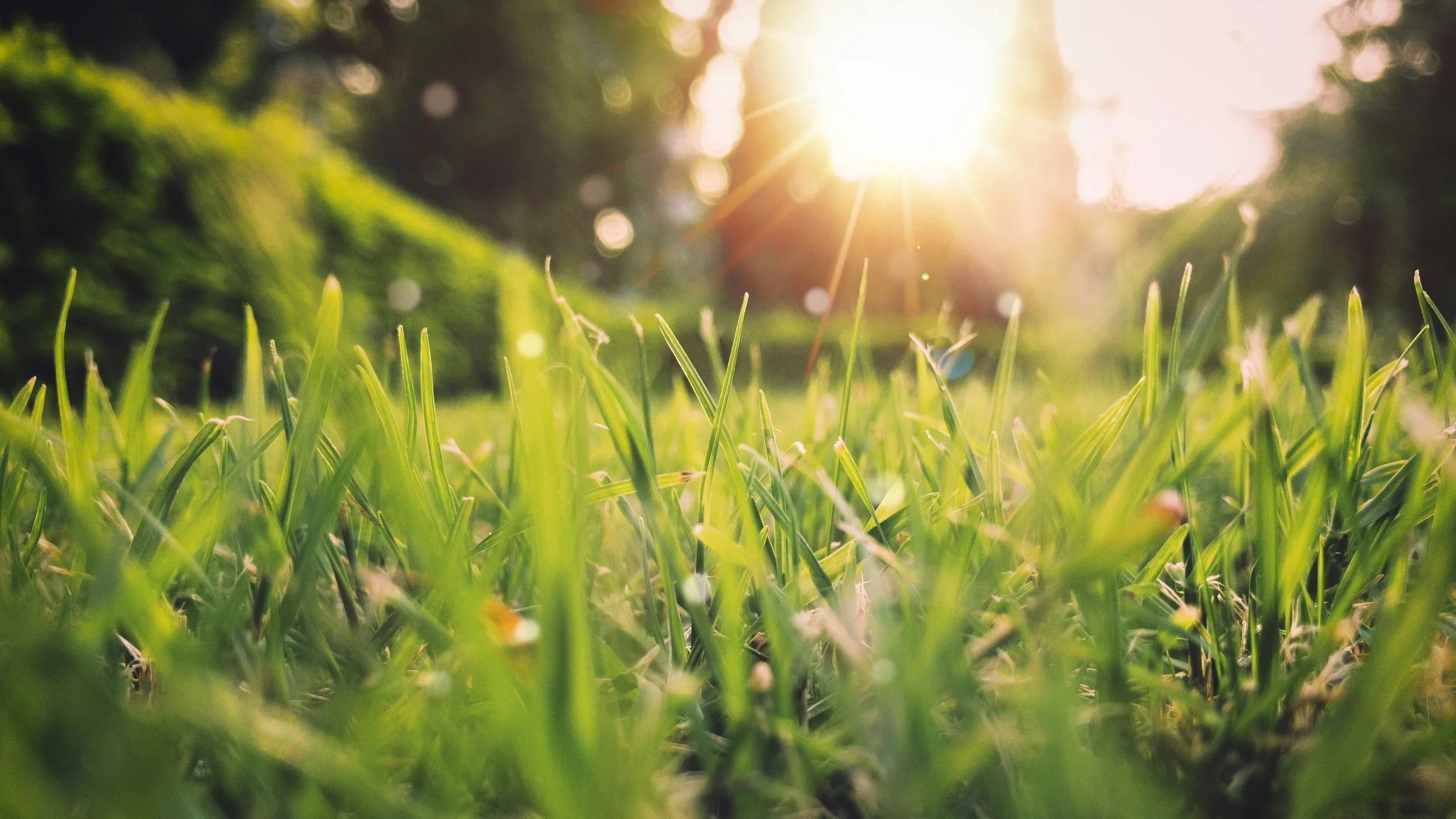Spring: Got A Spring in Your Step: The Psychology of Spring
Content warning: mentions of depression, suicide, and mania
Birds are chirping. Flowers are blooming. The sun is wrapping you up in a warm hug. Fresh scents envelop you. It is no secret that Spring is the season of new beginnings, joy, and hope. Interestingly, the arrival of Spring has many effects on people’s mental health.
We know about Seasonal Affective Disorder (SAD), defined by Johns Hopkins Medicine as a “type of depression [that] happens during certain seasons of the year—most often fall or winter.” Well, it is largely believed that Seasonal Affective Disorder occurs in the colder months because the lack of sunlight causes chemical shifts in the brain and body, triggering symptoms of depression. However, the spring season opens up many opportunities to remedy such seasonal depression.
The increased sunlight and warmth that come with spring allow our bodies to produce and absorb a wider range of hormones and vitamins that contribute to more energized moods.
For one, a study from Johns Hopkins Medicine explains that we naturally produce more melatonin — a sleep hormone that is tied to Seasonal Affective Disorder — in the colder months because it is darker. However, springtime can counteract this, as it has been connected to higher production levels of serotonin, “a major excitatory neurotransmitter in the nervous system, and the target of many antidepressant drugs” as defined by Psychology Today. This increased production of serotonin could be related to more active and outdoor activities that are both more physically and psychologically engaging.
Along with this, the change from sunlight deprivation to more daylight means our bodies receive much more vitamin D, which is a healing supplement for the body. An article from Psychology Today titled, “Why Spring Is the Season of Hope,” explains that “Vitamin D has become a staple of annual physical exams and a critical part of the healing regimen for cancer survivors. Vitamin D is involved in promoting bone health, proper cell differentiation, and boosting immunity.”
Although spring has the potential to aid in improving multiple mental health and seasonal depression challenges, it can also cause other complications. With our bodies adjusting to changes in light and routines, it also has the potential to worsen one’s mental health, depending on the person. According to a study from the National Library of Medicine, bipolar manic episodes and suicide rates occur more frequently in the spring. Although there is still more to be researched regarding the topic, it is believed that such high rates are connected to changes in one’s circadian rhythm that can affect and deregulate behaviors.
In all, it is fascinating to discover how our mental health is heavily tied to the seasons. This also means that we have to be kind to ourselves — especially in the in-between periods when the seasons are changing — and be attentive to how our surroundings and environment will allow us to give our bodies the nutrients they need to be healthy and active. This new season, carve out some time to take in some long-awaited sunlight — wearing sunscreen of course — and see how that will put a spring in your step.

